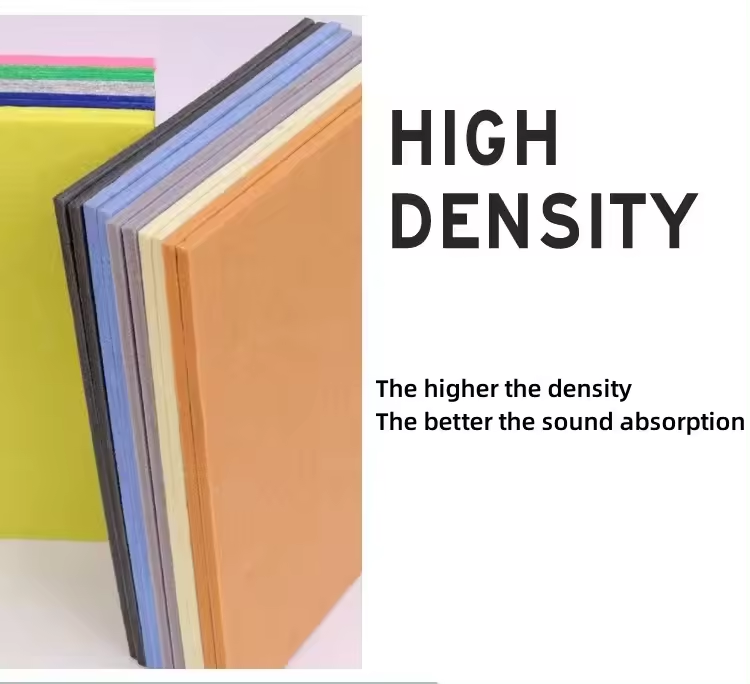Exploring Architectural Glass A Fusion of Functionality and Aesthetics
Architectural glass plays a pivotal role in modern design, serving as a bridge between the interior and exterior environments of buildings. Its versatility allows architects and designers to push the boundaries of creativity while enhancing structural integrity and energy efficiency. This article explores the various aspects of architectural glass, including its types, properties, applications, and future trends.
The Evolution of Architectural Glass
The use of glass in architecture dates back centuries, from the stained glass windows of Gothic cathedrals to the expansive glass facades dominating contemporary skylines. The evolution of glass technology has enabled architects to experiment with new forms, sizes, and functionalities. The introduction of tempered and laminated glass has improved safety, while innovations like low-emissivity (low-E) glass have enhanced energy conservation capabilities.
Types of Architectural Glass
There are several types of architectural glass, each with unique characteristics and uses
1. Annealed Glass This basic form of glass is produced by slowly cooling down molten glass. While inexpensive, it is less resilient and prone to breakage.
2. Tempered Glass Created by heating and then rapidly cooling glass, tempered glass is much stronger than annealed glass. It shatters into small, blunt pieces when broken, making it safer for use in buildings.
3. Laminated Glass Made by sandwiching a layer of plastic between two or more sheets of glass, laminated glass is highly resistant to impact and also provides sound insulation.
4. Low-E Glass This type of glass is coated with a thin layer of metal or metallic oxide, which reflects heat while allowing light to enter. Low-E glass is essential for improving the energy efficiency of buildings.
5. Insulated Glass Units (IGUs) IGUs consist of two or more panes of glass separated by a space filled with inert gas, which drastically improves thermal insulation and energy efficiency.
Applications of Architectural Glass
Architectural glass is utilized in various applications, from residential buildings to commercial skyscrapers
. Some notable uses include
- Windows Glass windows enhance natural light, provide views, and help control indoor climates.
architectural glass ppt
- Facades Glass facades create a sleek and modern appearance while allowing for transparency and interaction between the indoor and outdoor environments.
- Skylights These fixtures bring daylight into interior spaces, reducing the need for artificial lighting and improving overall well-being.
- Balustrades and railings Glass railings provide safety without obstructing views, making them a popular choice in both residential and commercial settings.
- Partitions Glass room dividers allow light to permeate while creating distinct spaces, promoting an open-plan design aesthetic.
Benefits of Architectural Glass
The use of glass in architecture offers numerous benefits
1. Natural Light The transparency of glass allows for abundant natural light, creating healthier and more inviting spaces.
2. Aesthetic Appeal Architectural glass adds a modern touch to buildings, allowing for innovative designs that can enhance their visual appeal.
3. Energy Efficiency Advances in glass technology have led to solutions that improve thermal insulation, helping to reduce heating and cooling costs.
4. Sound Insulation Certain types of glass, like laminated or double-glazed units, can significantly diminish noise pollution in urban settings.
5. Sustainability With the shift towards green building practices, glass is increasingly being incorporated into sustainable design, contributing to energy efficiency and resource conservation.
Future Trends in Architectural Glass
As technology continues to evolve, the future of architectural glass is promising. Smart glass, which can change its properties (e.g., tinting) in response to environmental conditions, is gaining traction. Moreover, the integration of photovoltaic cells into glass surfaces holds the potential to generate renewable energy for buildings.
In conclusion, architectural glass is more than just a building material; it is an essential component of contemporary architecture that combines functionality with aesthetic appeal. As innovations continue to emerge, we can anticipate even more exciting developments in this field, further transforming our built environments.
 Afrikaans
Afrikaans  Albanian
Albanian  Amharic
Amharic  Arabic
Arabic  Armenian
Armenian  Azerbaijani
Azerbaijani  Basque
Basque  Belarusian
Belarusian  Bengali
Bengali  Bosnian
Bosnian  Bulgarian
Bulgarian  Catalan
Catalan  Cebuano
Cebuano  Corsican
Corsican  Croatian
Croatian  Czech
Czech  Danish
Danish  Dutch
Dutch  English
English  Esperanto
Esperanto  Estonian
Estonian  Finnish
Finnish  French
French  Frisian
Frisian  Galician
Galician  Georgian
Georgian  German
German  Greek
Greek  Gujarati
Gujarati  Haitian Creole
Haitian Creole  hausa
hausa  hawaiian
hawaiian  Hebrew
Hebrew  Hindi
Hindi  Miao
Miao  Hungarian
Hungarian  Icelandic
Icelandic  igbo
igbo  Indonesian
Indonesian  irish
irish  Italian
Italian  Japanese
Japanese  Javanese
Javanese  Kannada
Kannada  kazakh
kazakh  Khmer
Khmer  Rwandese
Rwandese  Korean
Korean  Kurdish
Kurdish  Kyrgyz
Kyrgyz  Lao
Lao  Latin
Latin  Latvian
Latvian  Lithuanian
Lithuanian  Luxembourgish
Luxembourgish  Macedonian
Macedonian  Malgashi
Malgashi  Malay
Malay  Malayalam
Malayalam  Maltese
Maltese  Maori
Maori  Marathi
Marathi  Mongolian
Mongolian  Myanmar
Myanmar  Nepali
Nepali  Norwegian
Norwegian  Norwegian
Norwegian  Occitan
Occitan  Pashto
Pashto  Persian
Persian  Polish
Polish  Portuguese
Portuguese  Punjabi
Punjabi  Romanian
Romanian  Russian
Russian  Samoan
Samoan  Scottish Gaelic
Scottish Gaelic  Serbian
Serbian  Sesotho
Sesotho  Shona
Shona  Sindhi
Sindhi  Sinhala
Sinhala  Slovak
Slovak  Slovenian
Slovenian  Somali
Somali  Spanish
Spanish  Sundanese
Sundanese  Swahili
Swahili  Swedish
Swedish  Tagalog
Tagalog  Tajik
Tajik  Tamil
Tamil  Tatar
Tatar  Telugu
Telugu  Thai
Thai  Turkish
Turkish  Turkmen
Turkmen  Ukrainian
Ukrainian  Urdu
Urdu  Uighur
Uighur  Uzbek
Uzbek  Vietnamese
Vietnamese  Welsh
Welsh  Bantu
Bantu  Yiddish
Yiddish  Yoruba
Yoruba  Zulu
Zulu 

